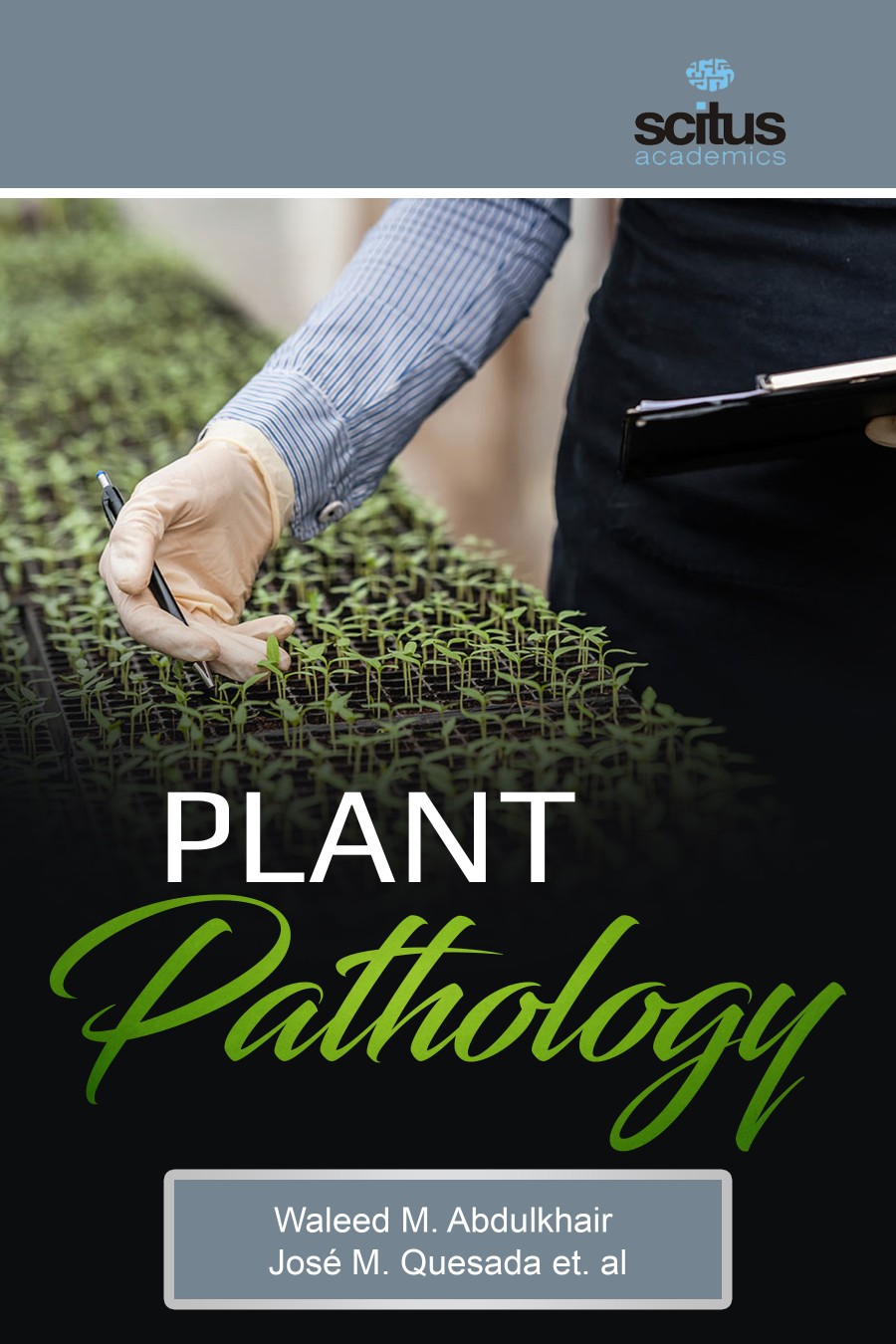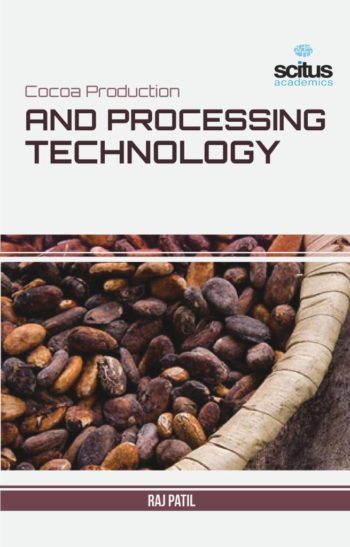Productivity of food crops grown for human consumption is at risk because of the prevalence of pathogens, insect pests and weeds. Crop losses due to these harmful organisms can be substantial and may be prevented, or reduced, by crop protection measures. Crop management requires a multidisciplinary approach because pathogens (fungi, bacteria, viruses. nematodes) not only interact with each other, but with other biotic and abiotic factors to create heavy yield loss. Diseases are among the most important factors that can significantly diminish growth and yield, or reduce the usefulness of a plant or plant product. Healthy or normal plants develop and function to the maximum of their genetic potential. However, when plants are adversely affected by continuous irritation by a disease-causing agent, which interferes with normal development and functioning, plants are considered to be diseased.
This book entitled “Plant Pathology” is intended to provide the most up-to-date review on information available on pathological aspects of plants that deals with the nature, causes and control of diseases in agriculture and forestry. The vital role of plant pathology in attaining food security and food safety for the world cannot be overemphasized. It deals with the plant diseases caused by fungi, bacteria, viruses, nematodes, and parasitic plants also study plant disorders caused by nutrient imbalances, air pollution, and other unfavorable growing conditions.
This book is an attempt to bring different aspects of plant pathology to provide comprehensive understanding to students and researchers as well for those who are interested in it, so that they may recognize the bottlenecks to improve it further.













